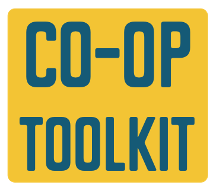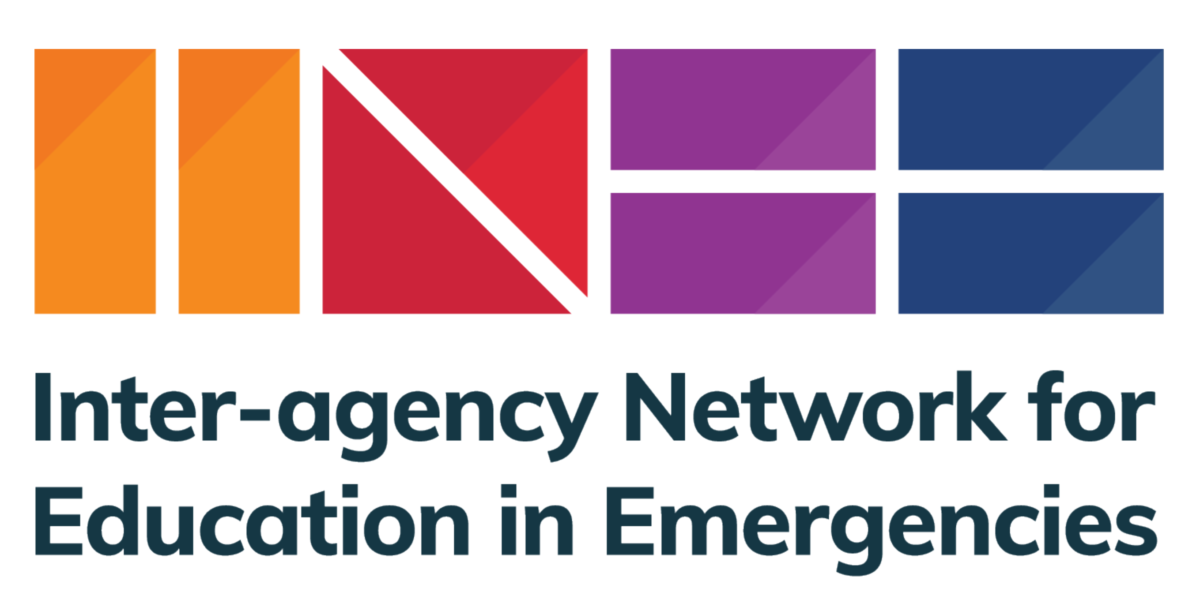"Inter-Agency Peace Education Programme"
Program
Summary
INEE is an open, global network of more than 18,000 individual members affiliated with more than 4,000 organizations and institutions in 190 countries. INEE members are NGO and UN personnel, ministry of education and other government staff, local and regional CSO representatives, students, teachers, youth, donors, and researchers who work in education in emergencies.
‘Education in emergencies’ refers to the quality learning opportunities for all ages in situations of crisis, including early childhood development, primary, secondary, non-formal, technical, vocational, higher and adult education. Education in emergencies provides physical, psychosocial, and cognitive protection that can sustain and save lives. Common situations of crisis in which education in emergencies is essential include conflicts, situations of violence, forced displacement, disasters, and public health emergencies. Education in emergencies is a wider concept than ’emergency education response’ which is an essential part of it. (INEE, 2018)
The rights of children and young people are not suspended during an emergency. This includes the right to education. Quality education protects cognitive development and supports psychosocial well-being. In times of crisis, it offers children a sense of hope.
The promise of Sustainable Development Goal 4 (UN, 2015), to ensure inclusive and equitable quality education for all by 2030 will not be achieved without a much greater commitment to planning, prioritising, and protecting education particularly in conflict and crisis contexts.
Resource collections are small groupings of expert-vetted resources relevant to the education in emergencies built around key topics.
Two Peace collections are listed below.
| Learning for Peace Peace Education Click below for all collections. |
Copyright © INEE 2022

